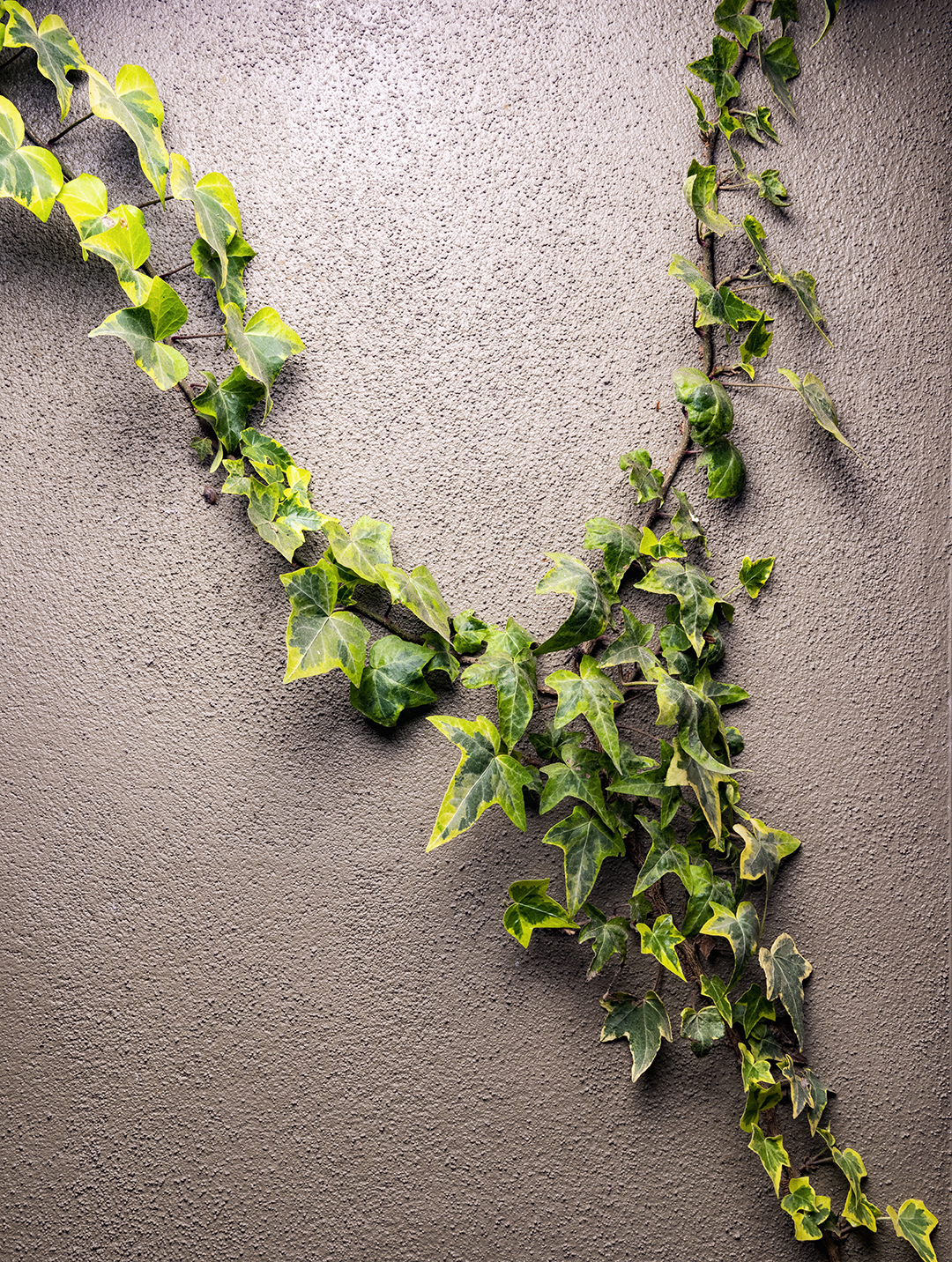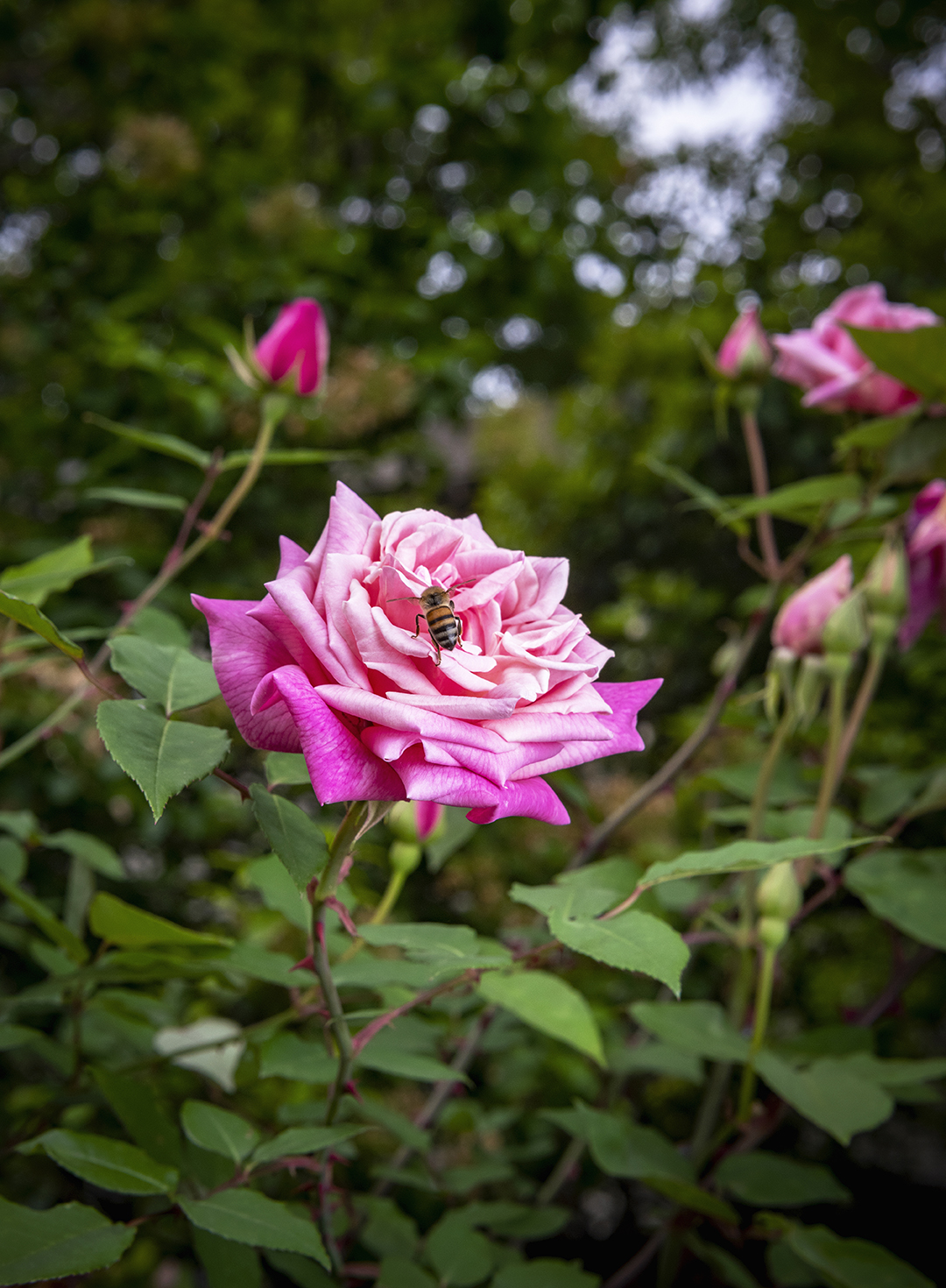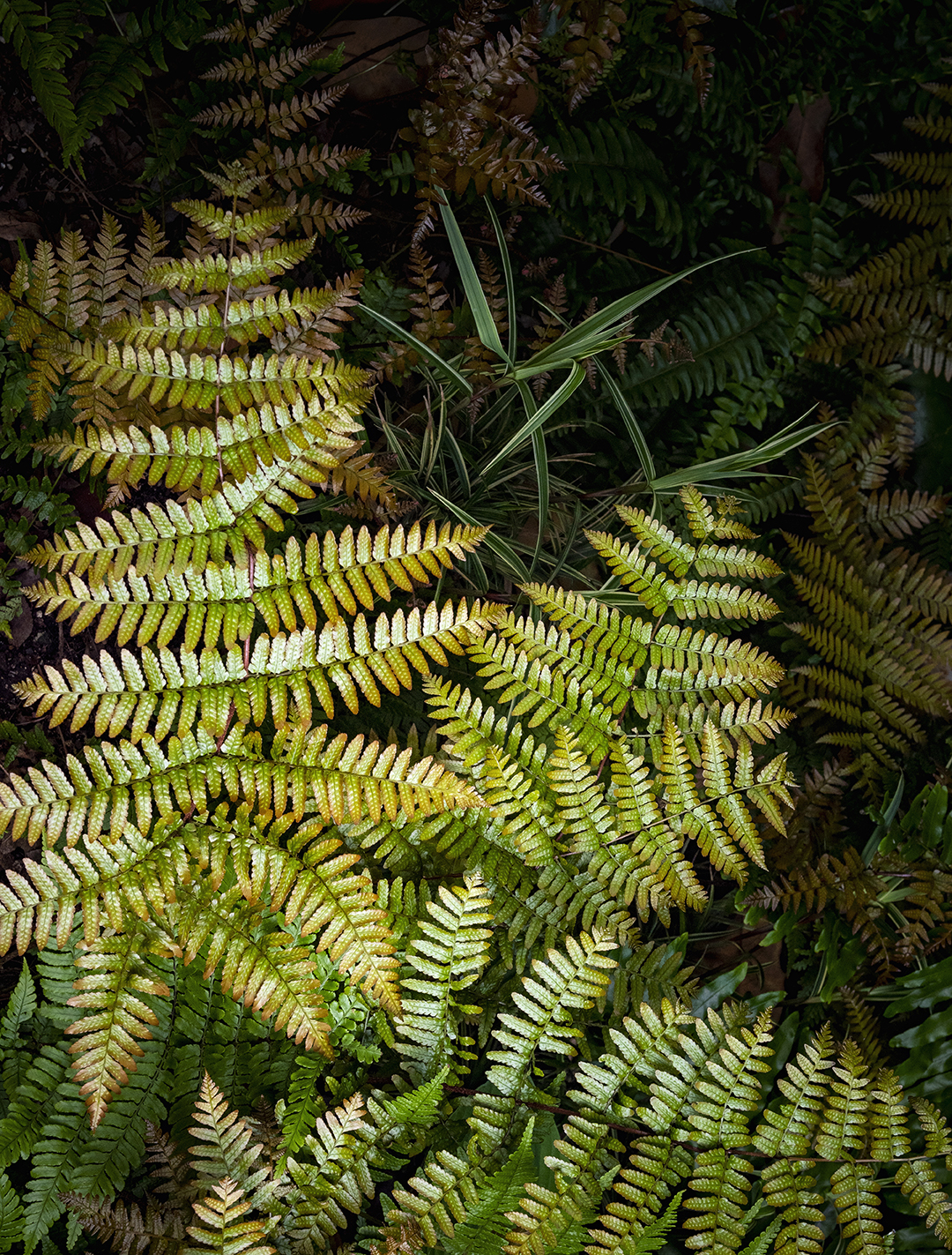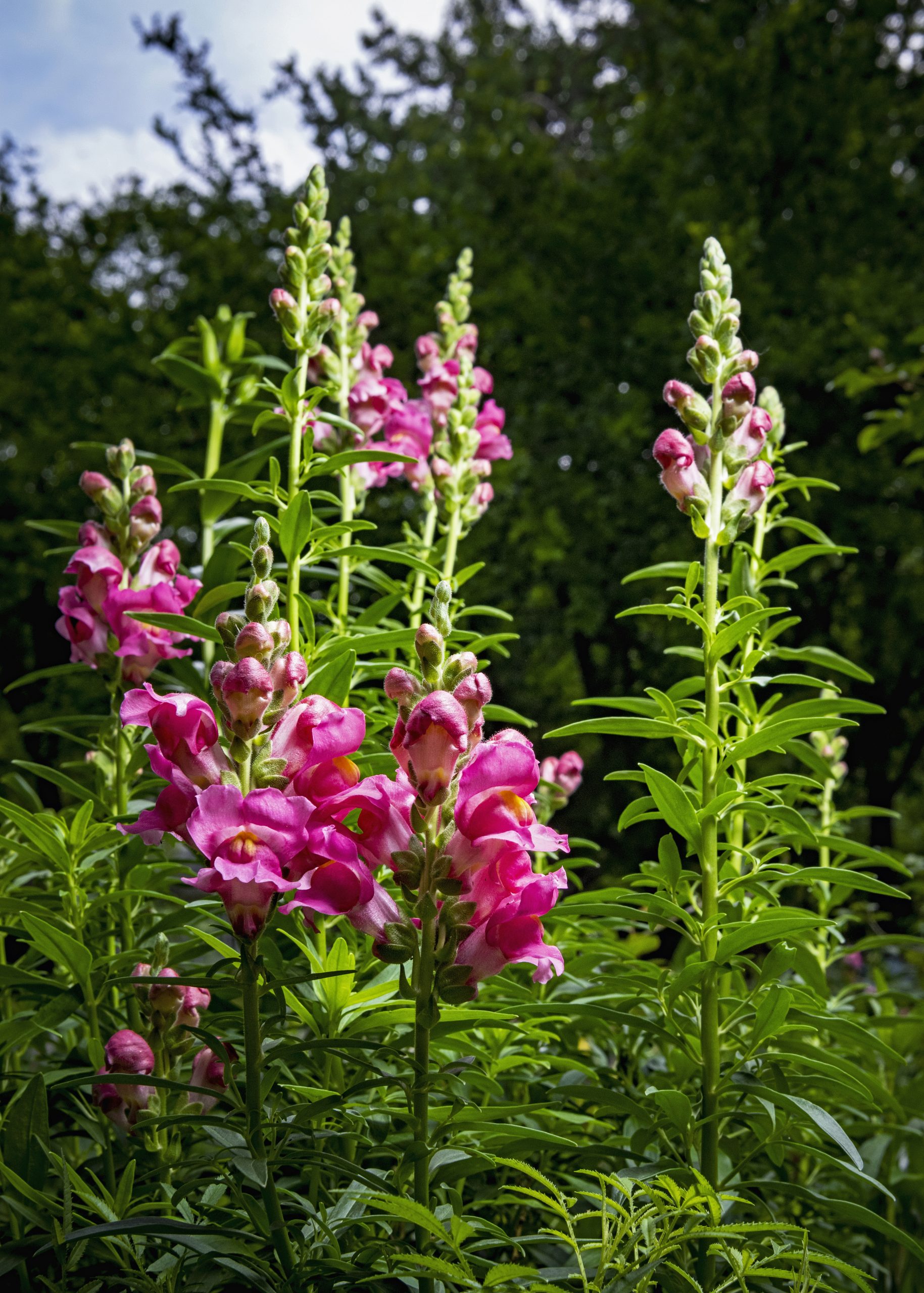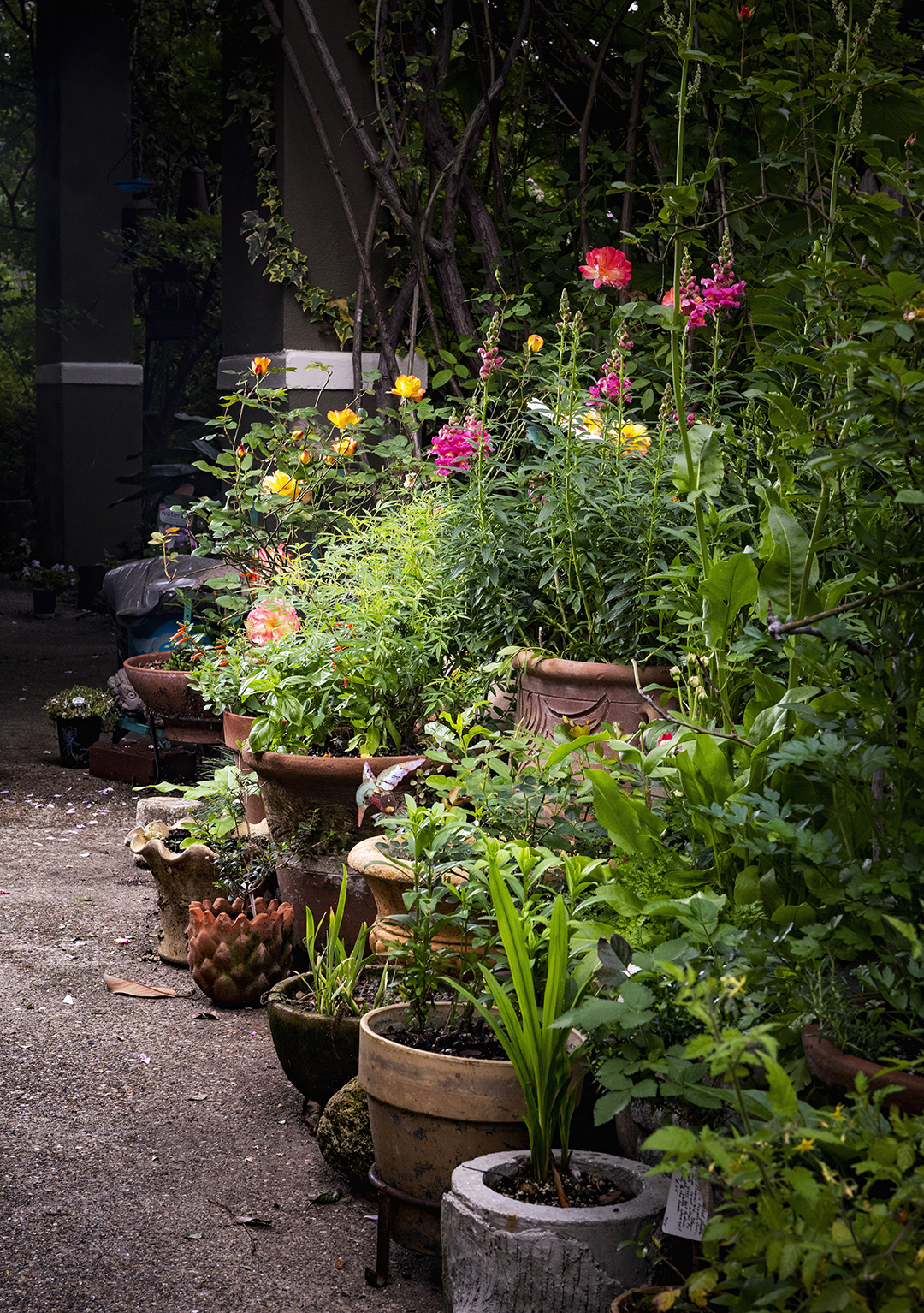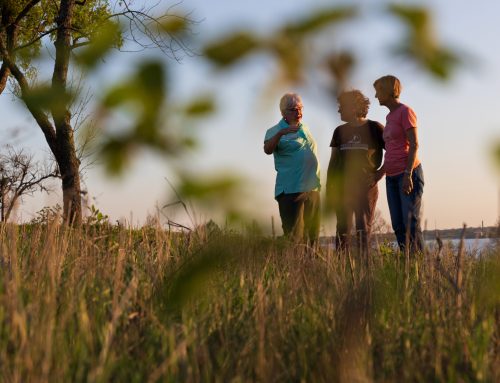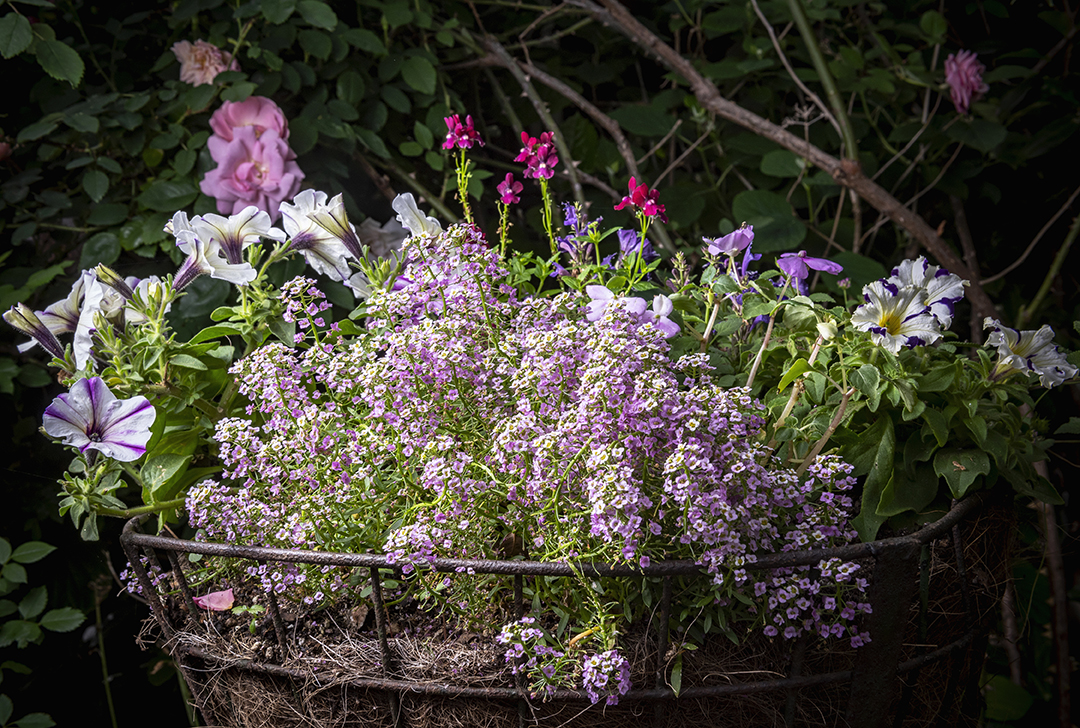
Photography by Danny Fulgencio
What to buy
Freeze-tolerant plants
pansies, kale and poppies
Flowering plants
snapdragons, petunias, alyssum, zinnias, coleus, impatiens and marigolds
Vegetable plants
carrots, tomatoes, eggplant, peppers, cucumbers, beans, squash, radish, lettuce, spinach and onions
Heat-tolerant flowering plants
pentas, globe amaranth, begonias, lantana, salvias and tickseed
Neighbors sprouted green thumbs as they looked for activities to do while locked down at home. The outdoor hobby became so popular, local garden centers like Walton’s Garden Center and Redenta’s Garden Shop couldn’t keep plants on the shelves.
Interest in gardening continues to bloom, and plant retailers expect to be inundated with orders again this spring. If you missed the COVID-19 gardening craze last year, it’s the perfect time to get your hands in the dirt. Three neighborhood gardening experts share their tips for new plant parents.
Mariana Greene
Everything Mariana Greene learned about gardening, she learned by reading, doing and killing. She’s here to make sure you don’t make the same mistakes.
“Right plant, right place — that’s what we’re trying to teach beginners,” Greene says. “You’ve just got to get out and dig in the dirt. There’s a lot of pleasure to be gained.”
Greene has loved flowers since childhood, and even though she worked full time and reared a child, she always found time to grow her garden. When Greene and her husband, former Dallas Observer columnist Jim Schutze, moved into their house on Bryan Parkway more than 35 years ago, the backyard was a flat expanse of grass. But Greene wasn’t interested in growing grass. She dug flowerbeds until there wasn’t any more room. Then she added pot after pot to the space that eventually became an outdoor oasis.
Her misadventures in the garden entertained readers throughout the Dallas-Fort Worth area through a weekly Gardening Fool column that ran for about 10 years in The Dallas Morning News. Greene is also known as a pioneer in urban chicken keeping. With eight pet chickens, trouble in the henhouse provided plenty of fodder for a monthly chicken column to run alongside Gardening Fool.
Greene’s Tips for Starting Your Garden
1. Prepare beds for spring planting in winter. Take out spent plants. Remove weeds. Prune perennials.
2. Prepare soil. “Our native soil is bad,” Greene says. “We have rocky limestone or black clay. It chokes the roots until they can’t get nutrition or water. You can make your own soil cheaply if you have patience.” Take hardwood leaves that have fallen and mulch them with a lawn mower. Or make a compost pile by dumping those leaves and layering them with green kitchen scraps. In the summer, it needs water. That will take about a year. Add the soil or compost in the winter and let it settle until March.
3. Start with a raised bed. Most plants and shrubs have roots that grow laterally, so a deep, deep hole isn’t necessary, Greene says. Plus, you won’t have to dig up the clay. Flowerbeds should be about 8 inches above the grass line. That makes the garden more visible from the road.
4. Hold off on planting until mid-March. That’s usually when the last frost occurs. Plant soon afterward because the weather gets hot and humid fast.
5. Choose the right (heat-tolerant) plants. Not every plant in the store is suitable for North Texas. “They may be popular because of magazines or Instagram posts, but you can’t count on what the tag says,” Greene says. “Most labels say they’ll need full sun, but most wholesale retailers aren’t in Texas. Texas sun is extremely hot.” Make sure plants are suitable for horticulture zone 8a. Plants native to Texas are excellent selections to try. “They have a measure of reliability and success, and they’re not very picky about how they’re cultivated,” Greene says.
6. Ask for help. Employees at plant and gardening stores are happy to help. “They love to talk about plants,” Greene says. “They’re usually long-term gardeners themselves or have gone through training. They’re good for advice. You should pick their brains. You’re not going to find someone who wants you to go away.”
Dave Forehand
If Dave Forehand can grow plants in a tropical rainforest, an African desert and a Florida swamp, rest assured he can get your East Dallas garden off the ground.
After graduating with a degree in landscape and ornamental horticulture from Auburn University, the Alabama native took his green thumb to Walt Disney World. He worked at The Land in Epcot. The main attraction is a 15-minute boat ride that takes guests on an informative journey through a series of greenhouses showcasing plant and food crop production in different regions of the world.
Forehand may have spent years working at The Happiest Place on Earth, but he put down roots in Dallas. He met his wife while she was interning at Disney World as a Texas A&M student. The Texan later encouraged her husband to apply for an opening at the Dallas Arboretum. He’s been vice president of gardens and visitor services for more than 20 years.
Every year, Forehand oversees Dallas Blooms, the Arboretum’s spring festival showcasing 100 varieties of spring bulbs and more than 500,000 blossoms.
The Arboretum’s horticulturists
start by removing existing fall plants, adding compost to the soil and adding blood meal to keep away squirrels and birds. Bulbs are stored in paper bags and chilled in a refrigerator for up to six weeks before planting. Frequent watering isn’t necessary in the winter, but gardeners should always water before a freeze. Doing so insulates the plants and saves them from freezing.
Visitors to Dallas Blooms, which runs through April 11, will see a variety of tulips, daffodils, hyacinths and pansies.

Howard Garrett
Lakewood neighbor Howard Garrett started studying horticulture because it sounded easier than chemistry.
He fell in love with landscaping and started his own company. It became so successful, it merged with legendary Lambert Landscape Company, credited with introducing azaleas in Dallas.
When his daughter was born in the late 1980s, her eating habits piqued Garrett’s interest in organic gardening, and he began teaching techniques to other homeowners and landscapers. He wrote 15 books on the subject and has written a weekly Dallas Morning News column for more than three decades. He also took to the airwaves to preach organic gardening on a nationally syndicated talk show.
“It just works better in every way,” Garrett says. “It works with nature instead of against it. We teach people how to stop using pesticides. You’ll grow plants that have healthy root systems. Because the soil is healthy, it holds water and nutrients at the right level, and that results in saving water.”
Known as the Dirt Doctor, Garrett created an organic gardening and landscaping course through his nonprofit, the Texas Organic Research Center. It teaches proper planting techniques, composting, organic fertilization, non-toxic pest control, irrigation, crop production and tree management.
“Trees make more difference in the landscape than anything else,” Howard says. “It forms the overall character of the property. They’re the most expensive plants, but they will increase the property value from year to year to year.”
Garretts Tree Tips
1. Go organic. High-nitrogen fertilizers damage the soil because they’re basically bags of salt. With organic fertilizer or compost, the soil gets better with every application. “You never have to say, ‘Well this bed is worn out. We’re going to have to start over,’” Garrett says.
2. Let trees form the character of the garden. Fill in lower plants as time and budget allow.
3. Choose native trees for best results. Top of the list are live oaks, red oaks, bigtooth maple, bald cypress and Texas ash. The second-best trees are the ones introduced from Asia, such as Japanese maples and crepe myrtles, that behave like native trees.
4. Plant the tree slightly higher than the ground grade. “The biggest problems I see are insects eating the fruit or a disease problem on the tree,” Garrett says. “I look into it, and almost 100 percent of the time, the trees have been planted too deeply in the ground.” The flare at the base is part of the trunk and should be above ground.
5. Don’t trim or prune much after planting. A healthy root system is key to a healthy tree. The more foliage, the more sunlight is collected and the more food is produced to help build roots.
6. Don’t stake or wrap the tree. Wrapping the tree trunk is done with the false notion that it will help prevent insects and diseases. Rather than protect the tree, it will leave the bark weak, causing insects and diseases.
7. Use the same techniques for fruit trees. The easiest ones to grow are apples, pears and fig trees.
A Gardening Reading List
Lone Star Gardening
by Neil Sperry.
The compilation of Sperry’s writings covers all aspects of outdoor gardening and landscaping.
Plants for Texas
by J. Howard Garrett.
The encyclopedia of more than 500 Texas plants, trees, shrubs, flowers, vines, grasses, vegetables, fruits, weeds and cover crops includes instructions for planting and maintaining them.
Lasagna Gardening
by Patricia Lanza.
She shows how to create easy-care gardens in practically any location without hours of backbreaking digging or noisy tilling.
Dallas Planting Manual
by Lorine Gibson and
Dallas Garden Club.
Mrs. Edward Belsterling compiled the original in 1941. Gibson, who gardened in Knox-Henderson, updated the manual in 2001.

